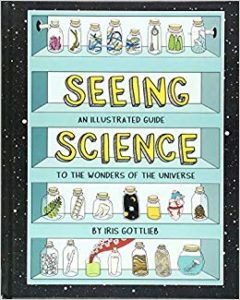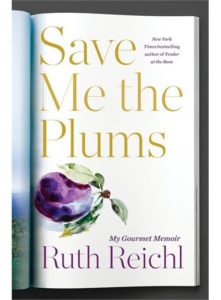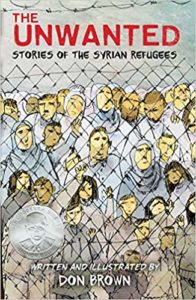Other Minds: The Octopus, the Sea, and the Deep Origins of Consciousness by Peter Godrfey-Smith
You and I stand on one of evolution’s most privileged branches. From this high vantage, eye some other branches and identify the animals you consider “smart.” Dolphins? Apes? Your dog and cat? Mostly mammals, I am guessing. (Although we should throw in select birds, especially crows.) Now dive off our branch and go back, down millions of years, well past the dinosaurs, and into the sea some 600 million years ago. You are at the early stages of animal evolution where the viciousness of predation has yet to arrive. While we do not know what our ancestor looks like exactly, nor the depth of water it best thrives, it is probably just a few millimeters long and receives sustenance via filtration.
Now ascend and return to the present. But instead of following the ancestral line whence we came, trail a different line that also emerges from this animal. Moving forward, here come the predators and prey with their various adaptations of assault and defense. One animal develops underwater jet propulsion to both overwhelm and flee. Follow that one. Returning to the present, but just below the water’s surface, look into the eyes of this creature that is intently watching you, an animal Claudius Aelianus in the third century C.E. described as one of “mischief and craft,” our long-lost “smart” cousin: the octopus.
In Other Minds: The Octopus, the Sea, and the Deep Origins of Consciousness, Peter Godrfey-Smith argues that the octopus is probably the closest we will come to meeting alien life. By appearances alone, we can see his point. The Mars Attacks!-like dome (the mantle). The busy, yet mesmeric, eight arms that are being fed blue-green blood that is pumped through three hearts. With no natural angles, it is a “body of pure possibility.” It can squeeze through an aperture that is only a little larger than one of its eyes. It can change colors and camouflage itself so that one could be just a few feet from you, and you wouldn’t know it.
Because its neural architecture is completely different from vertebrates, Godfrey-Smith maintains that it is, in many ways, more useful to study what an octopus can do than what it is. Prior to reading this book, I was aware that octopuses were great escape artists. To wit: Turn your back on one in a lab and you could quite possibly turn back around to see the last glimpse of an octopus that had scuttled out of its tank, scooted across the floor, and climbed up and into the drain that leads back to the sea. Continuing with this, Godfrey-Smith describes how octopuses are quick to learn things in the lab that are completely new, and in no way natural to them, such as using levers and unscrewing jars, even when the octopus is inside the jar (!). There are so many anecdotes in this book that show off what whizbangs octopuses are I could use the rest of my allotted space sharing them. Still, and because I cannot help myself, here are two.
First, in the ocean, octopuses devour crab. In the lab, their fare is less than five stars, arriving in the form of thawed shrimp or squid. They don’t like it but will eat it out of lack of choice. One day, a researcher was walking down a line of octopus tanks, dropping a bite of squid into each. Reaching the end, she backtracked and noticed that the octopus in the first tank was seemingly awaiting her return and holding up the uneaten squid. Without taking its eyes off hers, the octopus moved across the tank and then flicked the offending piece of squid down the overflow drain.
Second, off the coast of Australia, a diver discovered an area that was densely populated with octopuses. Since octopuses are not very social, this was a unique find. (Godfrey-Smith would later dive this location, an area both he and the diver named Octopolis.) After many dives, one octopus approached him, took his hand, and led him on a ten-minute tour of the area, culminating with the octopus showing the diver its den.
Intriguing as these vignettes are the thrust of Godfrey-Smith’s book moves beyond highlighting octopus razzmatazz. Given that octopuses have a “mental surplus,” what are we to make of them? They have so many neurons throughout their arms, you essentially cannot delineate where the brain begins and ends. The octopus is a brain. What then is the relation between an octopus’s central and local control, meaning how autonomous is one of its arms? Can one arm explore and process here while the others simultaneously do the same elsewhere? (Imagine discovering, right now, that one of your hands had been writing a letter as you read this.)
Godfrey-Smith, a professor of philosophy, quotes William James in the necessity of studying the origins of consciousness, for while we know that humans have it in spades, we most certainly know, too, that it did not just explode into existence with humans. Given that the human brain forms its own subjective reality regarding existence, asking, “What does it feel like to be an octopus?” may seem illusive. But Godrey-Smith investigates these questions from a relatively high altitude (meant as a compliment), balancing the narrative so that it lacks neither readability nor academic bona fides. Throughout the book, the questions are framed for our own independent thoughts. He does make one declarative: If we ignore the health of the oceans, it will be at our peril.
It’s understandable that our high perch results in instinctive stargazing and wonder. What if contact from out there was made? Would there be any hope of us understanding each other? Would they see us as we see the octopus? Would they see our intelligence? Would they find us worth the effort?


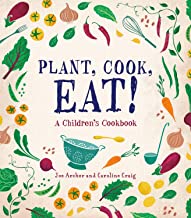
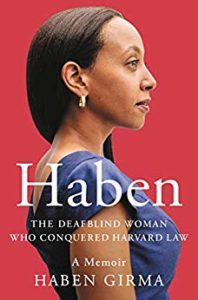 t
t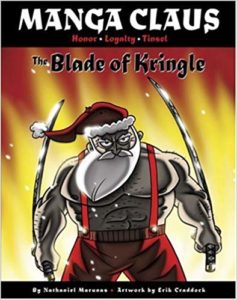 hings I like best about the holiday season are the stolen moments of quiet amidst the hustle and bustle–lovely, little gifts of reading or listening time when least expected, so I try to have a book of some sort at hand. Since Thanksgiving weekend, I’ve already managed to squeeze in some titles that were on my hold list. Here are two quick (and vastly different) reads I’ve recently enjoyed and am excited to share with you.
hings I like best about the holiday season are the stolen moments of quiet amidst the hustle and bustle–lovely, little gifts of reading or listening time when least expected, so I try to have a book of some sort at hand. Since Thanksgiving weekend, I’ve already managed to squeeze in some titles that were on my hold list. Here are two quick (and vastly different) reads I’ve recently enjoyed and am excited to share with you.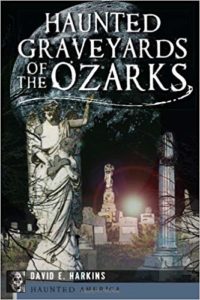
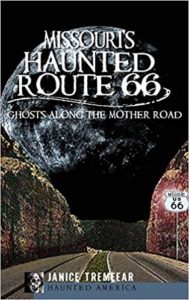
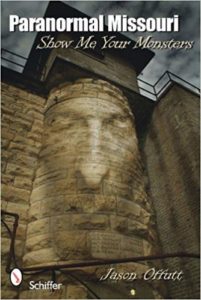 Haunted Graveyards of the Ozarks by David E. Harkins
Haunted Graveyards of the Ozarks by David E. Harkins
